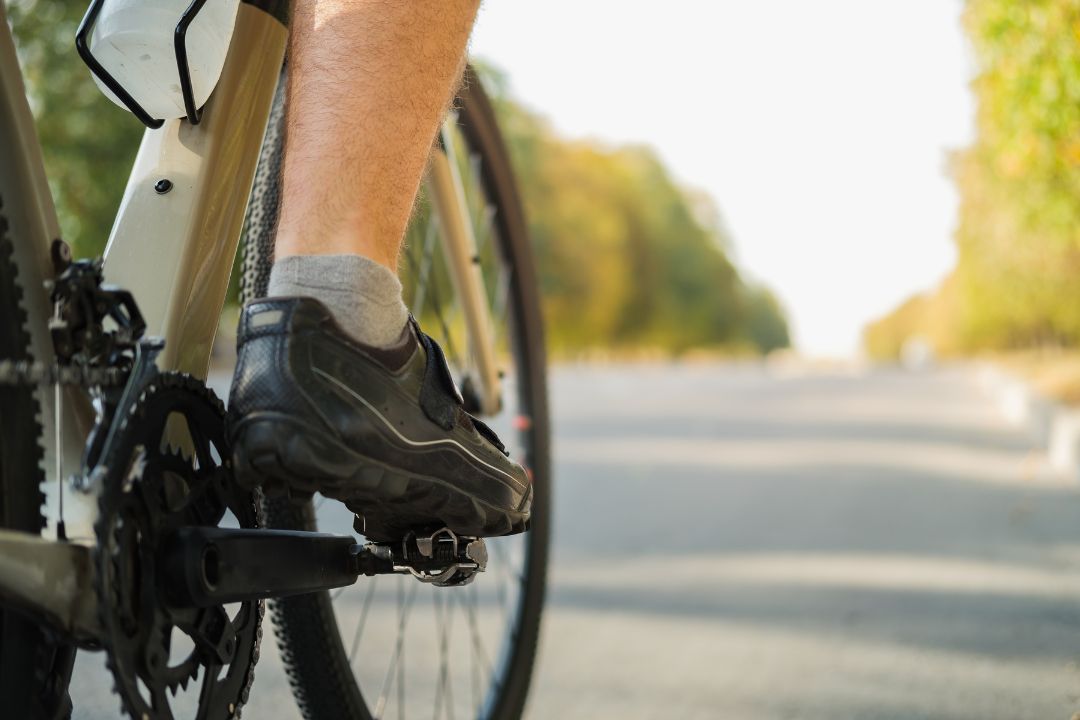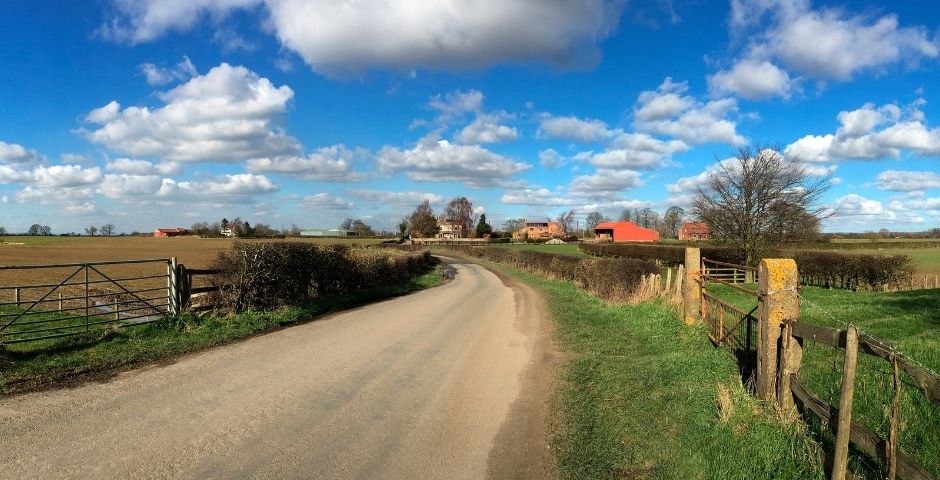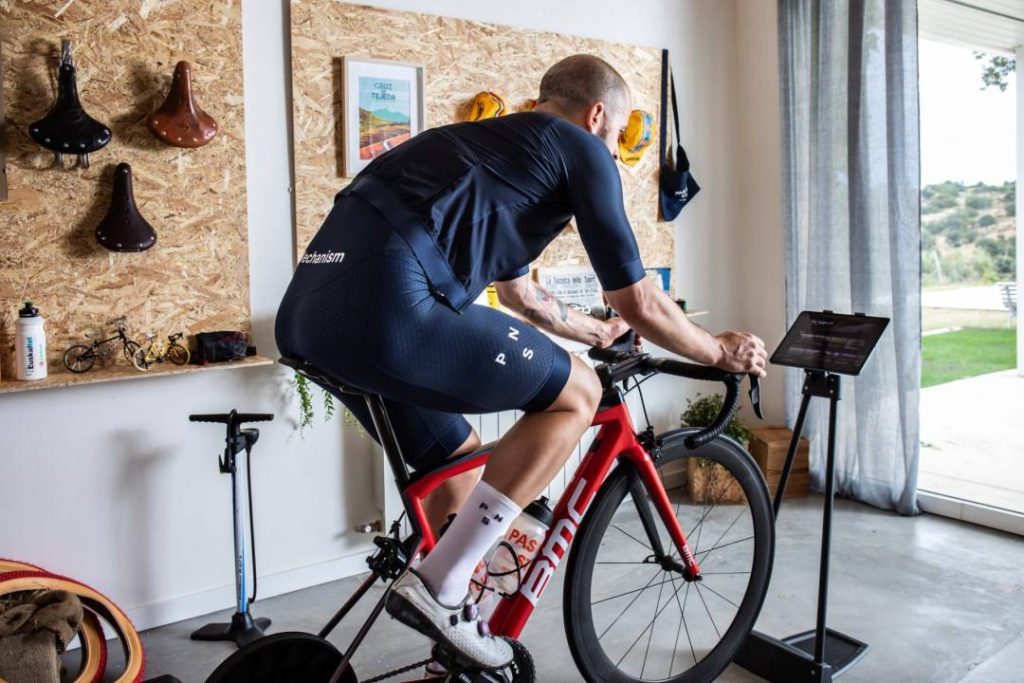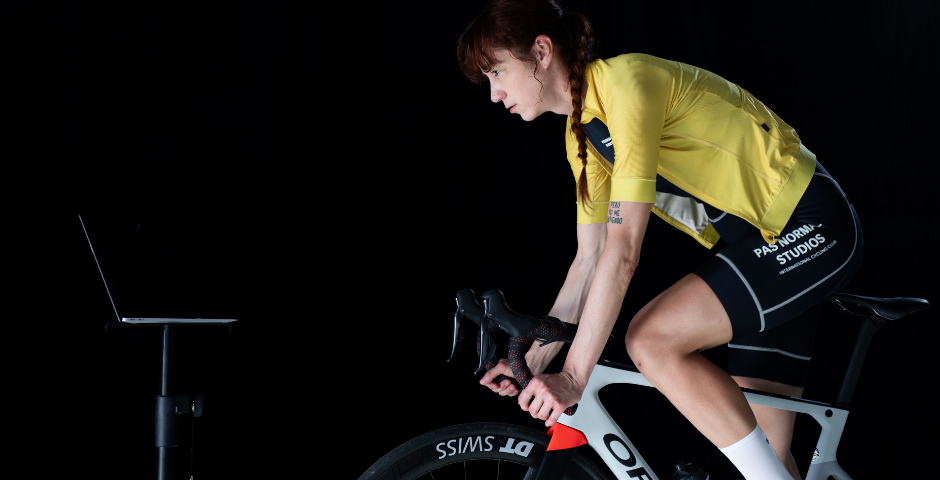Cycling is an activity that requires not only physical endurance, but also proper technique to optimise performance. One of the key aspects for cyclists, whether beginners or advanced, is to find and maintain the ideal cadence.
Cadence refers to the number of pedal strokes per minute and can vary according to the type of terrain and effort required. This article will guide you through the different factors that influence cadence and how to adjust it to improve your performance in different contexts.
The importance of having a good cadence
Cadence is key in cycling because it directly affects the efficiency and comfort of the rider. Proper cadence helps to maintain a constant speed and reduce muscle fatigue. In general, a cadence of between 80 and 100 pedal strokes per minute (rpm) is recommended for most cyclists, although this may be different depending on conditions and level of training.
Maintaining a high cadence allows for less muscle loading and greater reliance on the cardiovascular system, which can be more efficient in prolonged efforts. On the other hand, a low cadence implies a higher muscle load, which can be useful in short sprints but exhausting on longer rides.
Factors influencing cadence
The ideal cadence is not a fixed figure and can vary depending on several factors. Among the most important are:
- The cyclist’s fitness level: more fit cyclists are able to maintain higher cadences more easily due to their better cardiovascular and muscular condition.
- The type of bike and its configuration: road, mountain or time trial bikes influence cadence due to their specific characteristics.
- The terrain: uphill, downhill and flat terrain require different cadence adjustments to maintain optimal speed.
- The training or racing objective: depending on whether you are looking for endurance, speed or both, the cadence can be adjusted to meet these objectives.
Flat land
On the plains, the ideal cadence is usually easier to keep constant. Here, a cadence between 90 and 100 rpm is generally the most efficient. At this pace, cyclists can follow a constant speed without tiring quickly.
Using a cycling simulator can be very useful for practising and finding your ideal cadence on flat terrain. These simulators can adjust the resistance to simulate real conditions, allowing you to experiment and adapt your pedalling in a controlled environment.
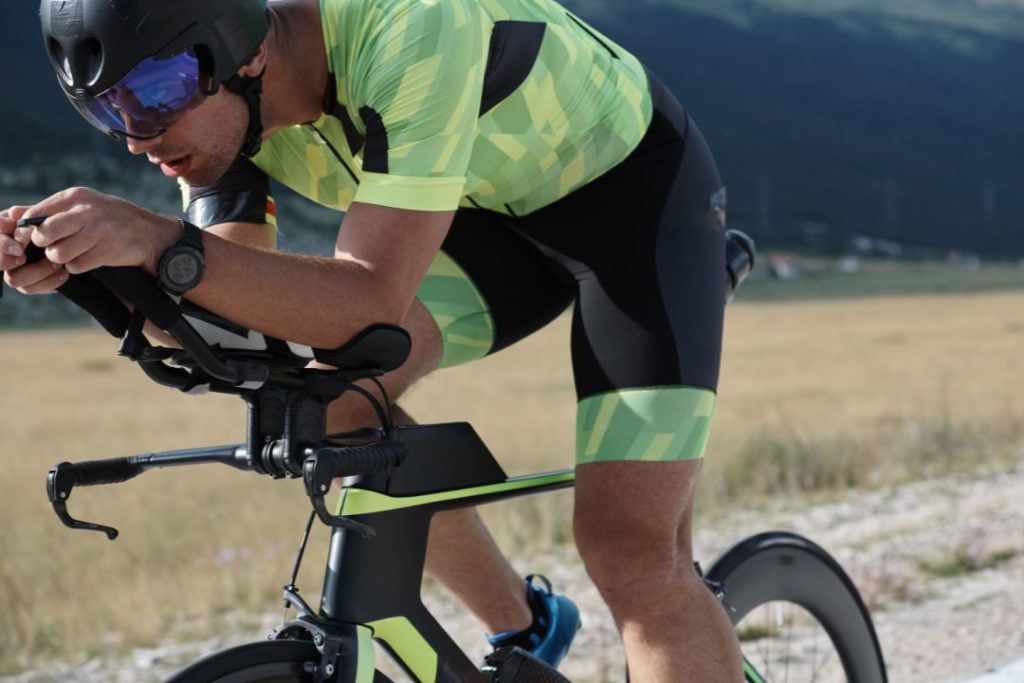
Climbs and slopes
In this kind of terrain, cadence tends to decrease due to the increased resistance. However, it is important to try to maintain a relatively high cadence, ideally between 70 and 85 rpm, to avoid excessive muscle load which can lead to premature fatigue.
To maintain this cadence on climbs, it is essential to use the bike’s gears correctly. Downshifting (using a lower gear) allows the cadence to be sustained without having to apply excessive force. This can help to maintain a more constant speed and reduce strain on the legs.
Descents
On descents, cadence also varies significantly. Some riders prefer a lower cadence to maintain control, while others choose to pedal at a higher cadence to maximise speed. In general, a cadence between 80 and 100 rpm is adequate, but it is crucial to be aware of terrain conditions and braking technique to maintain safety.
Cadence for different levels of effort
The cadence should also be adjusted according to the level of effort required. During a recovery ride, a lower cadence (60-80 rpm) may be sufficient, while in high intensity training, maintaining a high cadence (90-110 rpm) is more effective.
During competitions or endurance training, it is common to maintain a constant cadence around 90 rpm. This cadence balances muscular and cardiovascular efficiency, allowing you to maintain a constant speed without fatiguing quickly.
Training to improve cadence
Improving cadence requires practice and specific training. Here are some tips on how to do it:
- Training sessions on cycling simulators: these devices allow you to adjust resistance and simulate different terrains, helping you to practice and find your ideal cadence in a controlled environment.
- High cadence intervals: do workouts that include intervals at a higher cadence than normal to get your body used to pedalling faster.
- Controlled cadence on climbs: practice maintaining a constant cadence on uphill terrain, using gears efficiently.
- Muscle strength and conditioning: improve your leg strength with specific exercises, which will allow you to maintain a high cadence more easily.
Tools and technologies to measure cadence
There are several tools and technologies that can help you measure and analyse your cadence. Among the most common are:
- Cyclocomputers: these devices are mounted on your bike and can measure cadence, speed and other important data.
- Cadence sensors: these are attached to your pedals or crank and send data to your bike computer or an app on your phone.
- Cycling simulators: as well as allowing you to train in different conditions, many simulators also record cadence data and other performance parameters.
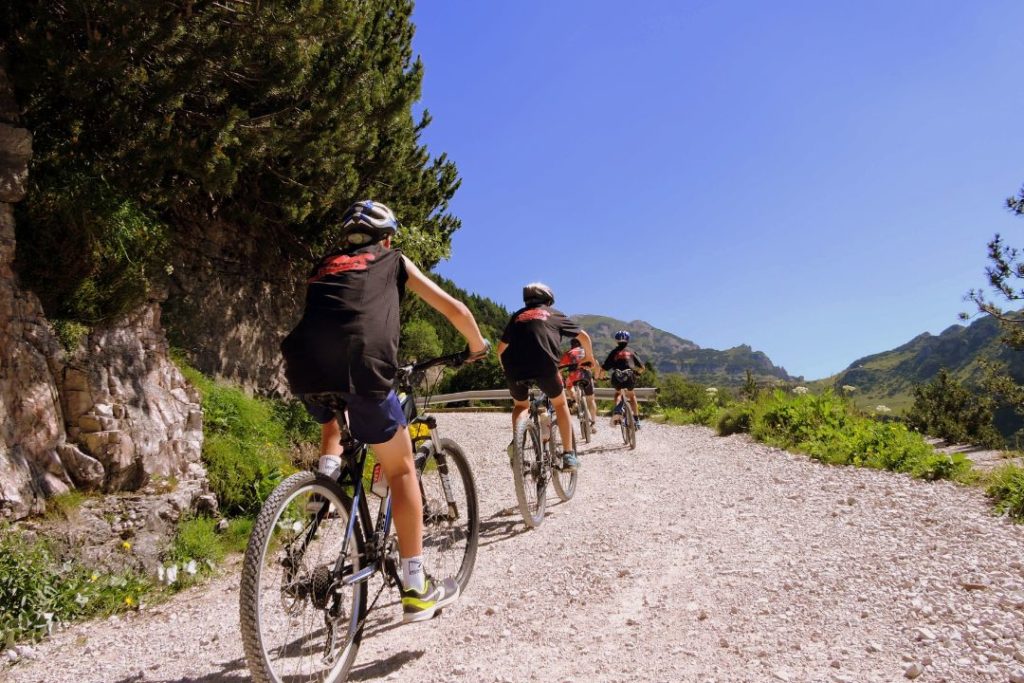
Common mistakes and how to avoid them
Maintaining a proper cadence can be tricky and it is easy to make mistakes. Some of the most common include:
- Not adjusting gears correctly: using too high or too low a gear can make it difficult to maintain a steady cadence. Learn to shift gears efficiently to adapt your pedalling to the conditions of the terrain.
- Focusing on cadence alone: although important, cadence is not the only factor to consider. Don’t neglect other aspects such as posture, breathing and general pedalling technique.
- Not training cadence: Expecting to improve cadence without specific training is a mistake. Incorporate cadence-focused training sessions to see significant improvements.
A great way to test your cadence is through cycling simulators. And BKOOL’s is one of the best offerings on the market.
BKOOL is the most comprehensive cycling simulator on the market – try it FREE for 30 days!
 Go to BKOOL
Go to BKOOL
